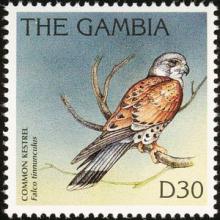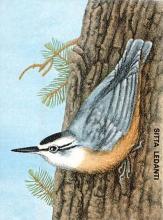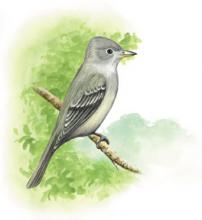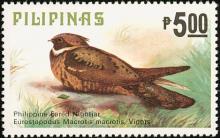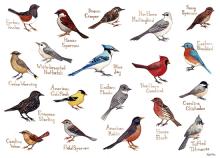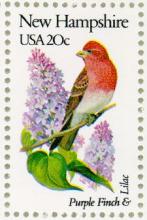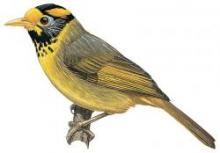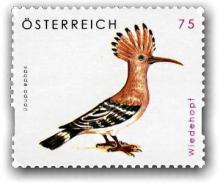Warning sounds for charismatic kea
- Lees meer over Warning sounds for charismatic kea
- Login om te reageren
New Zealand’s charismatic kea (Nestor notabilis) - and 2017‘s Bird of the Year - has just been reclassified to “endangered” by global conservation group BirdLife International. The alpine parrot was upgraded from “vulnerable” to “endangered” in BirdLife International’s reassessment of the threat status of birds for the International Union for the Conservation of Nature (IUCN).


